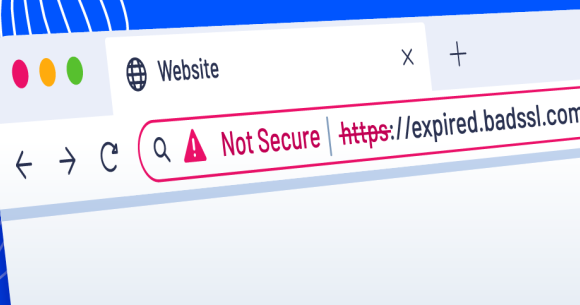Digital Transformation is the ‘new-normal’ for staying competitive
Covid-19 has pressed the accelerator to the floor on digital engagement, and digital transformation is no longer a luxury but a necessity. Those companies that have been lagging behind are now forced to digitally transform as they battle to survive and meet consumers’ changing expectations through the establishment, enhancement or expansion of their digital presence.
Across all industries, patterns of consumption are changing, with online becoming the dominant route. Take banking for example. In 2018, 70% and 80% used online banking in the UK and Sweden respectively. This trend is global with 77% of consumers in APAC preferring to bank digitally. [1][2][3] The pandemic has accelerated this even further. A survey of retail bank customers across Europe, carried out in April of this year found that online banking use rose in all countries compared to the same time last year, ranging from a 7% increase in Italy to a 19% increase in Portugal.
This shift is being felt across all sectors. The telecoms and media sector, for example, is undergoing a massive upheaval as traditional ways of consuming media are declining due to the rise of streaming services. While, at one point there was just Netflix, the majority of content providers have or are looking to develop a streaming site, whether that be Disney, HBO or Amazon. With cinemas either being closed or people deciding not to go, studios have instead begun releasing films on streaming services, causing many to predict the death of cinema and the increasing dominance of streaming services.
In response to these trends many Chief Information Officers (CIOs) have been driving through comprehensive digital transformation strategies across their organization. Digital transformation being specifically defined as a modernizing of the existing technology stack to turn physical processes into online processes, with the end goal being delivering greater agility and reliability. Yet, many CIOs underestimate the complexity and difficulty of this journey, in particular how the move to dynamic environments will increase rate of change and create more incidences and opportunities for failure. These failures are likely to result in outages which can cause huge reputational and financial damage.
Mobile banking this year is a clear example of this. In response to this greater reliance on mobile banking in the last 12 months, banks expanded the services offered through mobile applications. However, more features means a more complex IT infrastructure, and the number of mobile banking outages this year highlighted that banks were not prepared.
To counter the increased complexity, CIO’s must improve oversight of their IT estate to ensure that they maintain operational resilience and keep customers happy. IT monitoring is essential for all estates as it gives CIOs and IT managers the visibility which allows them predict when and where a problem is likely to occur enabling them to solve it much faster and minimize downtime.
As companies further enhance their digital service, their estates grow even more complex. This means they will be using more and more monitoring tools, since these solutions are typically tailored to certain systems/processes. This can result in firms not having a total overview of their entire system, but rather small snapshots, meaning that if a problem occurs in one system, they cannot track its effect across their entire estate. The solution to this is having a single monitoring tool that compiles all of the different tools into a unified view. If a problem then occurs, the IT manager can identify the source, the underlying cause and the affected areas, enabling it to be solved faster.
In addition to complete system oversight, capacity planning must also be a priority for CIOs. Many of the outages we’ve seen this year have been from companies offering new digital services but not knowing how much traffic they can handle in a certain timeframe. Capacity planning at a basic level allows firms to identify what a system can handle. At a more advanced level, it can identify specific pinch points as well as model future scenarios to see how your system handles them.
Digital transformation is necessary if companies want to compete in the new landscape. But, this journey is not a simple one. If CIOs don’t priorities estate monitoring and operational resilience, they won’t be able to reap the rewards of digital transformation.
[1] https://fintechnews.sg/32878/virtual-banking/77-consumers-in-asia-pacific-prefers-to-bank-digitally/
[2] https://www.ft.com/content/844da584-9fb6-11e8-85da-eeb7a9ce36e4
[3] https://www.statista.com/statistics/380882/online-banking-penetration-in-sweden.




